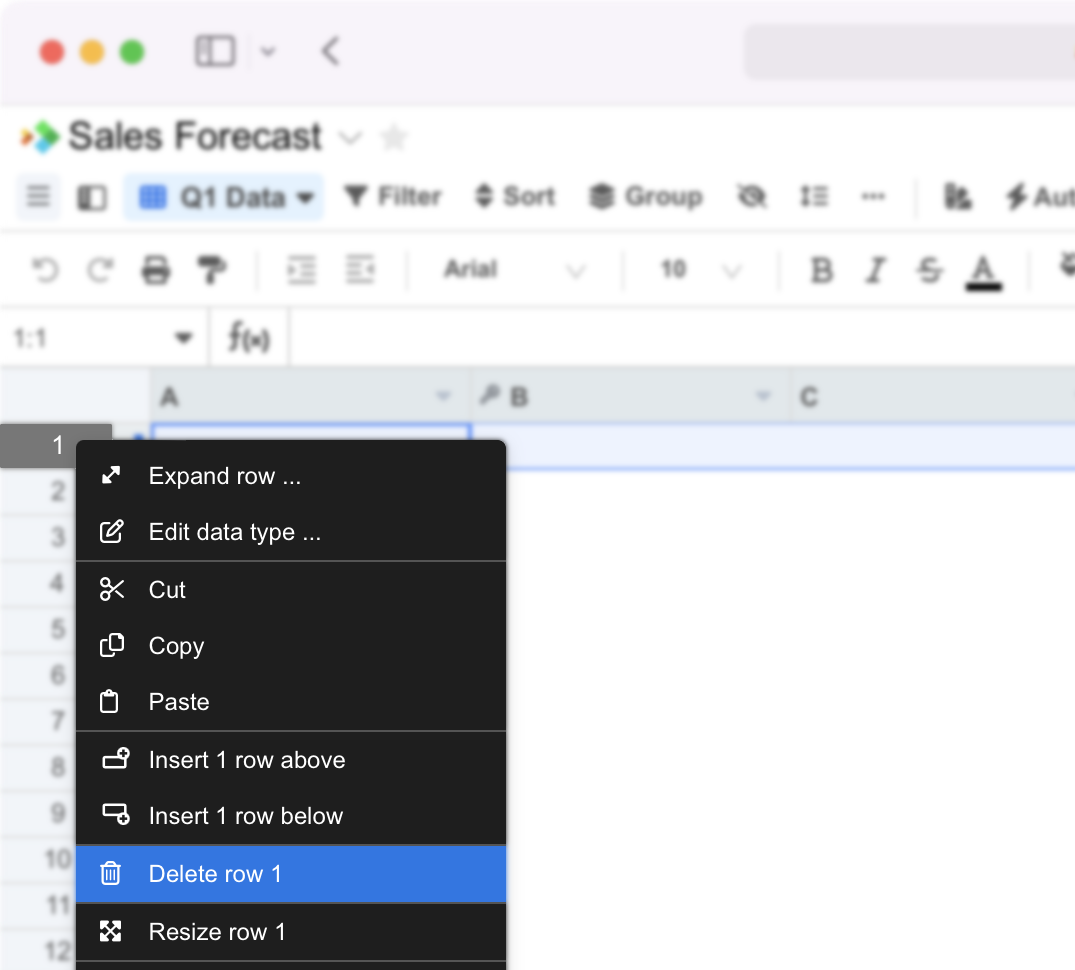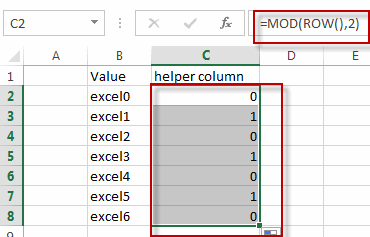

- #Manually delete row psequel how to
- #Manually delete row psequel software
- #Manually delete row psequel code
#Manually delete row psequel software
In June 1979, Relational Software introduced one of the first commercially available implementations of SQL, Oracle V2 (Version2) for VAX computers.īy 1986, ANSI and ISO standard groups officially adopted the standard "Database Language SQL" language definition. Navy, Central Intelligence Agency, and other U.S. (now Oracle Corporation) saw the potential of the concepts described by Codd, Chamberlin, and Boyce, and developed their own SQL-based RDBMS with aspirations of selling it to the U.S. In the late 1970s, Relational Software, Inc.

The label SQL later became the acronym for Structured Query Language.Īfter testing SQL at customer test sites to determine the usefulness and practicality of the system, IBM began developing commercial products based on their System R prototype, including System/38, SQL/DS, and IBM Db2, which were commercially available in 1979, 1981, and 1983, respectively.

The original name SEQUEL, which is widely regarded as a pun on QUEL, the query language of Ingres, was later changed to SQL (dropping the vowels) because "SEQUEL" was a trademark of the UK-based Hawker Siddeley Dynamics Engineering Limited company. After moving to the San Jose Research Laboratory in 1973, they began work on a sequel to SQUARE. Ĭhamberlin and Boyce's first attempt at a relational database language was SQUARE (Specifying Queries in A Relational Environment), but it was difficult to use due to subscript/superscript notation. This version, initially called SEQUEL (Structured English Query Language), was designed to manipulate and retrieve data stored in IBM's original quasirelational database management system, System R, which a group at IBM San Jose Research Laboratory had developed during the 1970s. Boyce after learning about the relational model from Edgar F. SQL was initially developed at IBM by Donald D.
#Manually delete row psequel code
Despite the existence of standards, most SQL code requires at least some changes before being ported to different database systems. Since then, the standard has been revised to include a larger set of features. SQL became a standard of the American National Standards Institute (ANSI) in 1986 and of the International Organization for Standardization (ISO) in 1987. Despite not entirely adhering to the relational model as described by Codd, it became the most widely used database language. The model was described in his influential 1970 paper, "A Relational Model of Data for Large Shared Data Banks". SQL was one of the first commercial languages to use Edgar F. Although SQL is essentially a declarative language ( 4GL), it also includes procedural elements. The scope of SQL includes data query, data manipulation (insert, update, and delete), data definition ( schema creation and modification), and data access control. Originally based upon relational algebra and tuple relational calculus, SQL consists of many types of statements, which may be informally classed as sublanguages, commonly: a data query language (DQL), a data definition language (DDL), a data control language (DCL), and a data manipulation language (DML).
#Manually delete row psequel how to
Secondly, it eliminates the need to specify how to reach a record, e.g. Firstly, it introduced the concept of accessing many records with one single command.

SQL offers two main advantages over older read–write APIs such as ISAM or VSAM. data incorporating relations among entities and variables. It is particularly useful in handling structured data, i.e. Structured Query Language, abbreviated as SQL ( / ˌ ɛ s ˌ k juː ˈ ɛ l/ ( listen) S-Q-L, sometimes / ˈ s iː k w əl/ "sequel" for historical reasons), is a domain-specific language used in programming and designed for managing data held in a relational database management system (RDBMS), or for stream processing in a relational data stream management system (RDSMS).


 0 kommentar(er)
0 kommentar(er)
